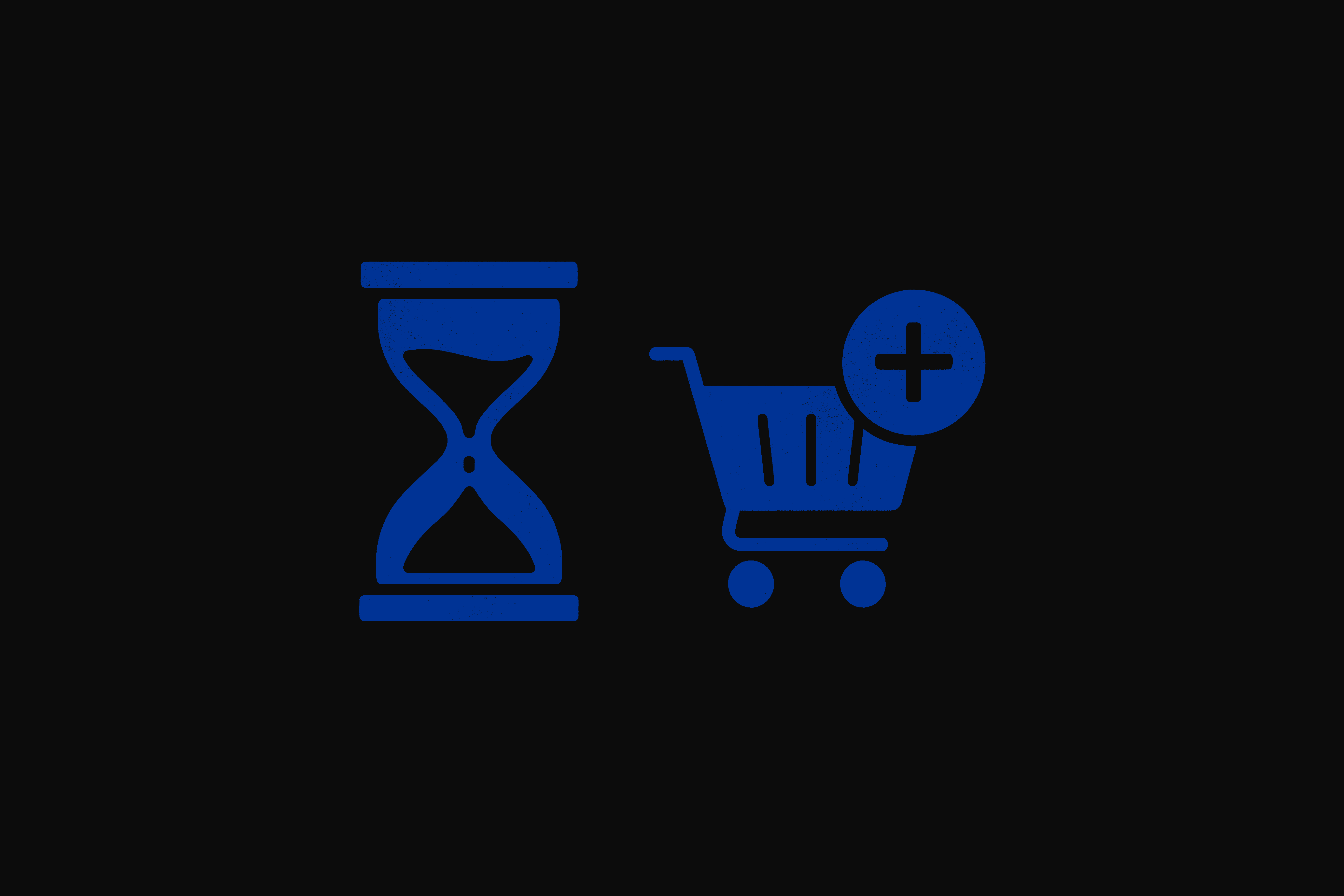
The financial landscape has undergone a seismic shift with the introduction of real-time settlement technology. What was once a luxury has become the standard consumers expect from every payment interaction. Instant or near-instant transaction settlement has fundamentally reshaped what customers expect as default service from banks, businesses and payment providers.
Real-time settlement refers to payment systems that process and finalize transactions instantly or within seconds. According to Visa's 2024 Real-Time Payments White Paper, these systems provide immediate, 24/7/365 clearing and settlement that operates continuously regardless of traditional banking hours. The technology enables immediate fund transfers between accounts, eliminating the waiting period that once defined financial transactions. The growth has been extraordinary. eMarketer projects a 31.7% annual growth rate in real-time payments volume from 2023 to 2028, demonstrating explosive consumer adoption of instant settlement technology across the United States and globally.
The introduction of real-time settlements has created a new baseline for consumer expectations. Research from Harvard Kennedy School shows that real-time payments offer greater certainty and convenience, meeting consumers' rising expectations for immediacy and reliability. Today's customers expect immediate access to their funds the moment a payment is initiated, with complete control over when and how they send money. The Federal Reserve's Consumer Payment Study reveals that 25% of consumers cite speed-related challenges as pain points in their payment experiences, while 45% are concerned about fees. Real-time settlement addresses both issues directly by processing transactions instantly and reducing the costs associated with delayed payments.
Younger generations are accelerating this transformation. Gen Z and millennials show particular interest in faster payment use cases like earned wage access and digital wallet funding. The Federal Reserve's Diary of Consumer Payment Choice documents that consumers made more payment transactions in 2023 than in previous years, with faster payment methods gaining considerable traction. This shift reflects a fundamental change in how people interact with their money and expect financial services to operate.
The advantages of real-time settlement extend well beyond convenience. Immediate fund availability dramatically improves cash flow management, particularly for gig workers, freelancers, and individuals managing tight budgets. Visa's research highlights how real-time payments enable expanding use cases like instant gig payments and immediate insurance disbursements, providing financial flexibility that was previously impossible. Real-time payments also reduce payment failures and delays, creating more reliable transaction experiences. This enhanced reliability helps consumers avoid late fees and penalties by eliminating processing delays that could result in missed deadlines. The bank-to-bank transaction speed creates substantial benefits for shopping and service experiences, making purchases and refunds process in real time rather than over days.
Financial institutions and businesses now face mounting pressure to support real-time payment infrastructure. Consumer expectations documented in Federal Reserve research show that speed and convenience have become critical factors in payment satisfaction. Organizations that fail to offer instant settlement options risk losing customers to competitors who do. Supporting real-time payments requires investment in liquidity management and operational readiness to handle continuous transaction flow. The infrastructure must support around-the-clock processing rather than batch systems that operate during limited hours.
This pressure also presents opportunity. Banks and businesses that innovate around real-time payment services can differentiate themselves and build stronger customer loyalty. Harvard Kennedy School research emphasizes that real-time payments reduce uncertainty and improve the overall transaction experience for both consumers and businesses. Treating real-time settlement as a customer experience priority rather than just a technical requirement addresses documented consumer pain points around speed and convenience.
Real-time settlement has crossed the threshold from innovation to expectation. Consumers have experienced the benefits of instant payments and will not accept returning to slower systems. With payment volumes increasing year over year and annual growth rates exceeding 30%, the data shows clear momentum. For businesses and financial institutions, adapting to this reality is essential for remaining competitive and meeting the documented demands of modern consumers, particularly younger generations who will define the future of payments.